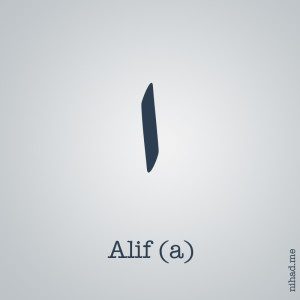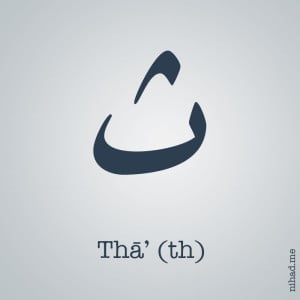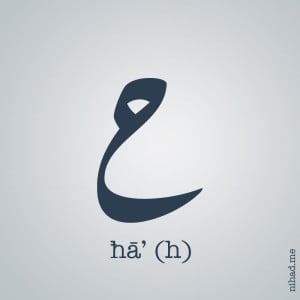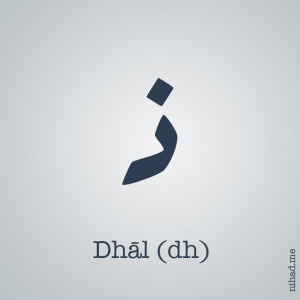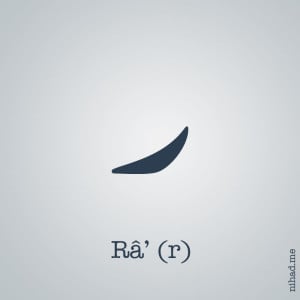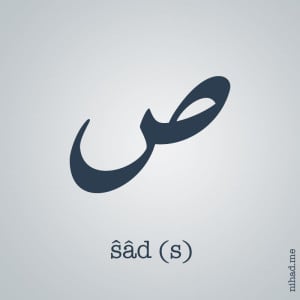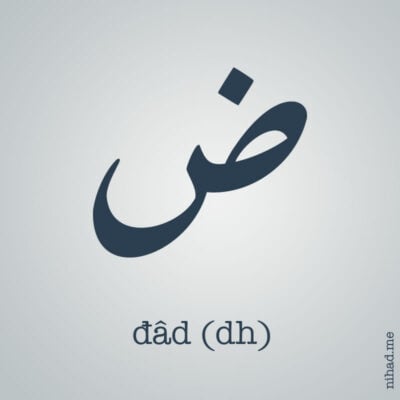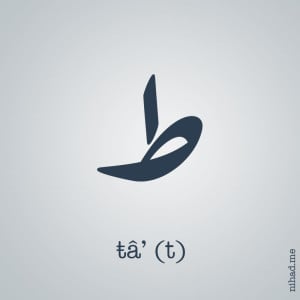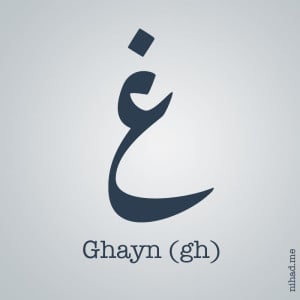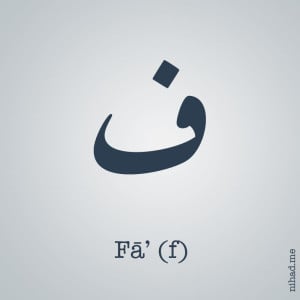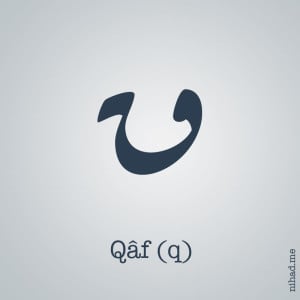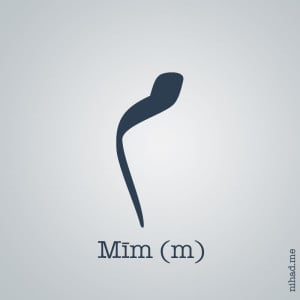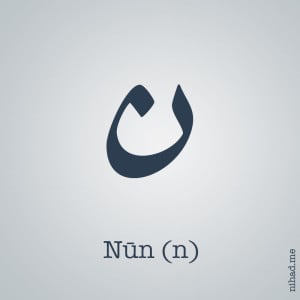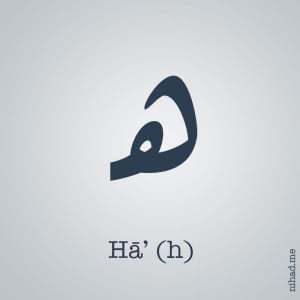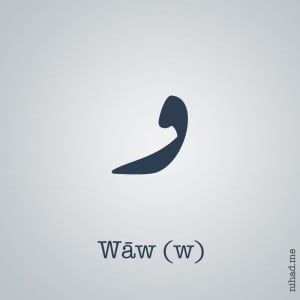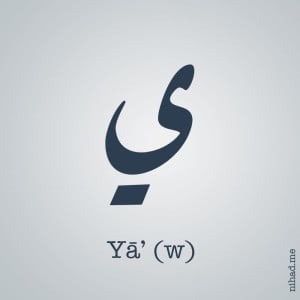The Numerical Aspect of the Arabic Alphabet
In the Arabic Alphabet, each letter is associated with a numerical value. This numerical system adds another layer of versatility to the Arabic language.
Practice Makes Perfect: Learning the Arabic Alphabet
The best way to learn the Arabic Alphabet is through practice. Write the letters one by one, create flashcards, or even write on your arm with a marker. Experiment with different handwriting styles, like cursive or calligraphy.
Tools to Help Learn the Arabic Alphabet
Several tools are available to assist those looking to learn the Arabic Alphabet. Flashcards, apps, books, websites, and even your local library or bookstore can provide valuable resources. Free online resources and apps like Sprowl, Forvo, and Omnisearch can also assist in your learning journey.
In conclusion, learning the Arabic Alphabet can be an enriching experience, opening the door to a new world of cultural and linguistic understanding. So, what are you waiting for? Start your journey today!
About the author: I am a Creative Strategist, Visual Artist, and Digital Arabic Calligrapher based in Dubai. I specialize in branding, marketing strategies, and digital product design, as well as digital Arabic calligraphy. Read more about my work and experiences.
